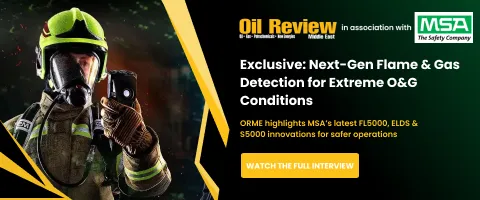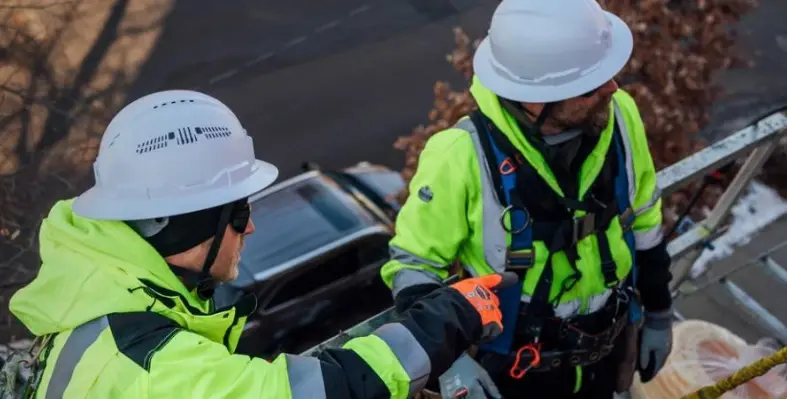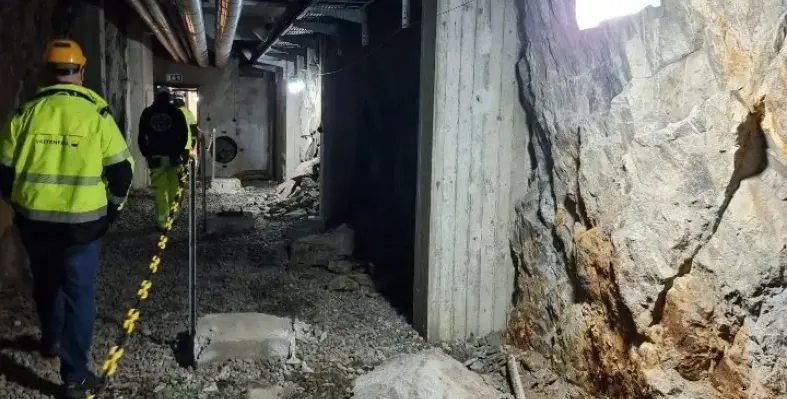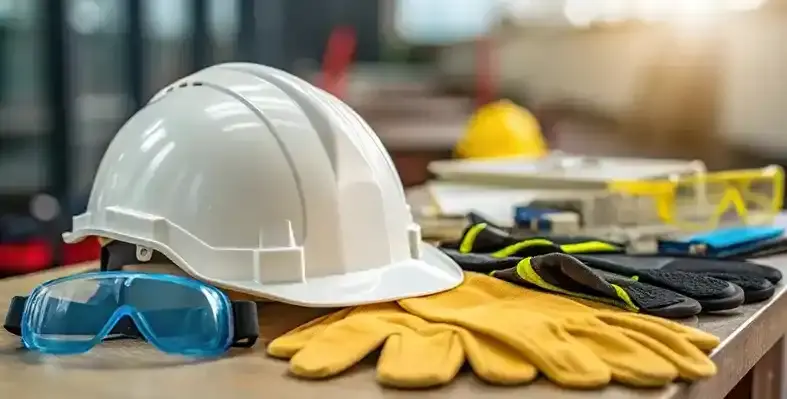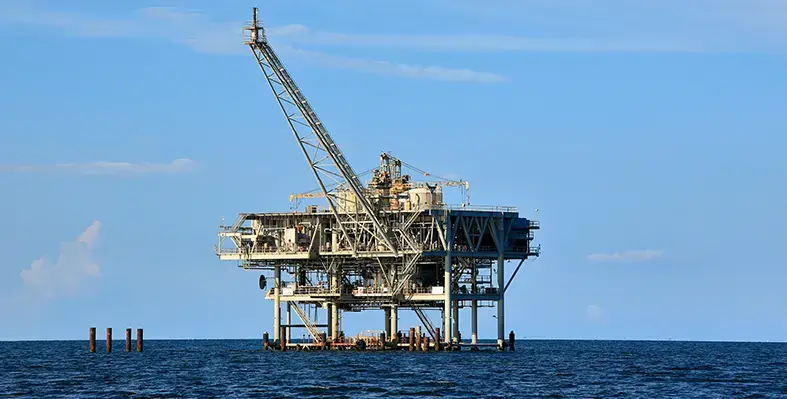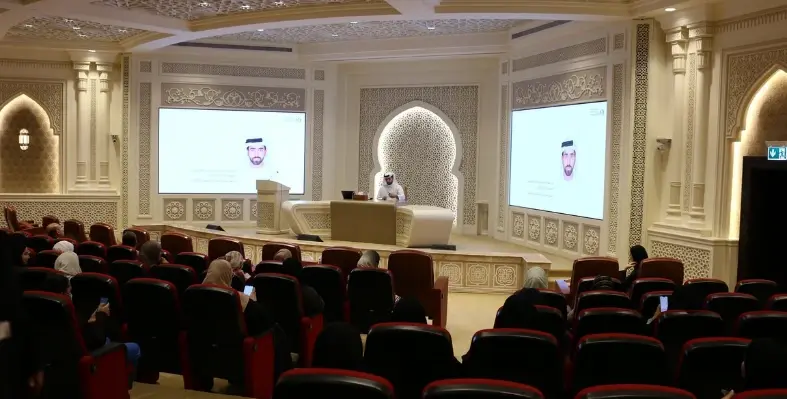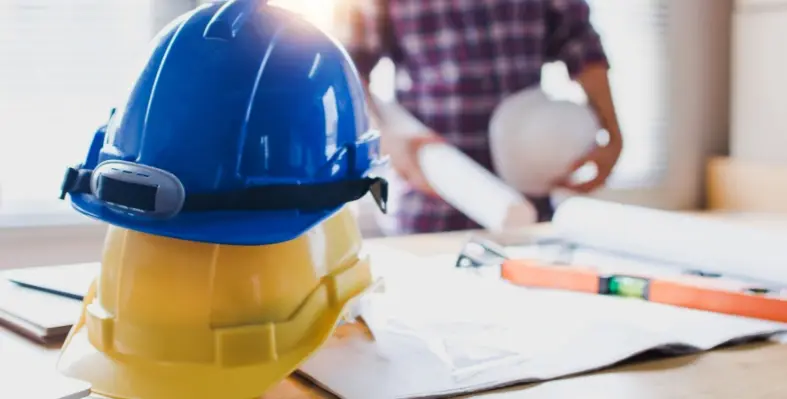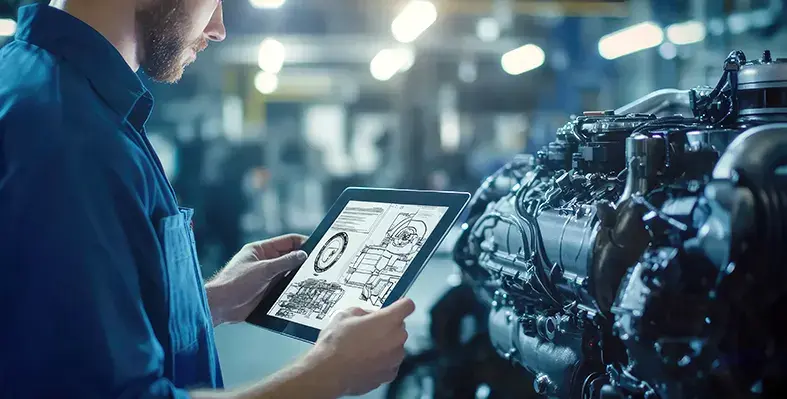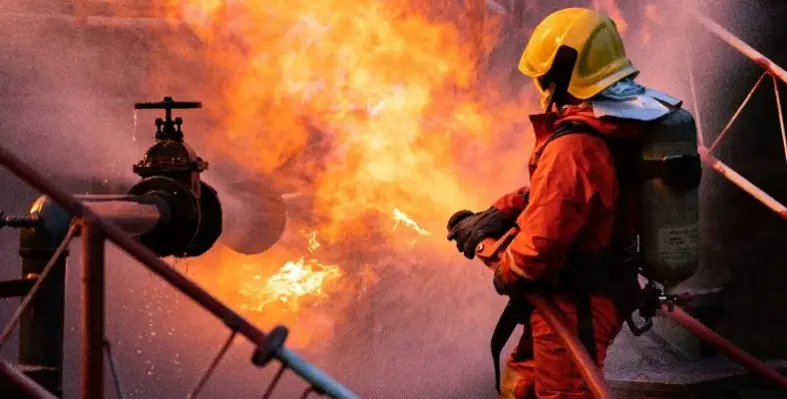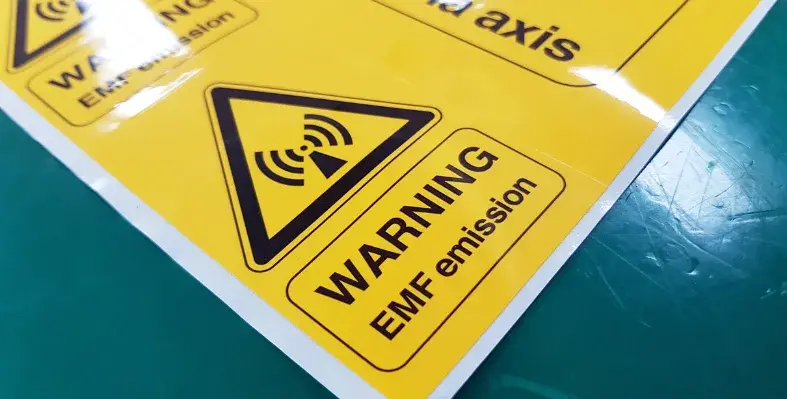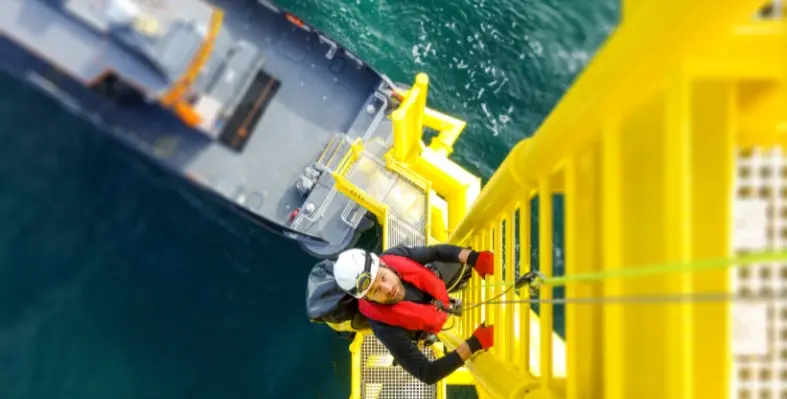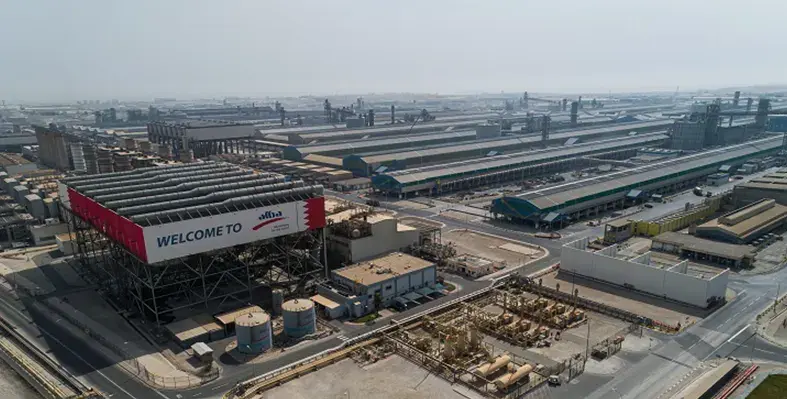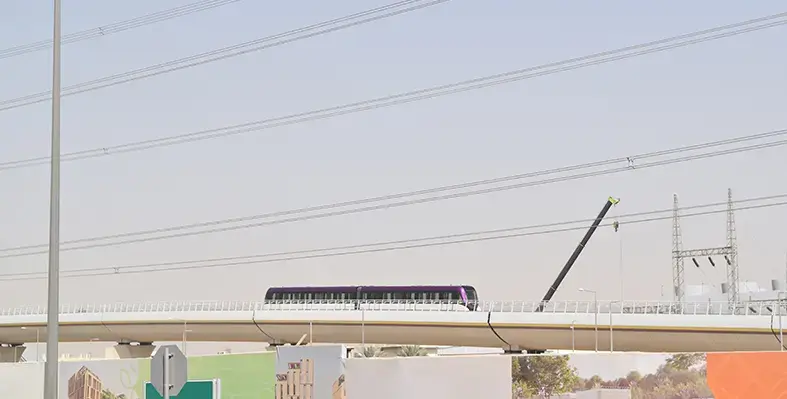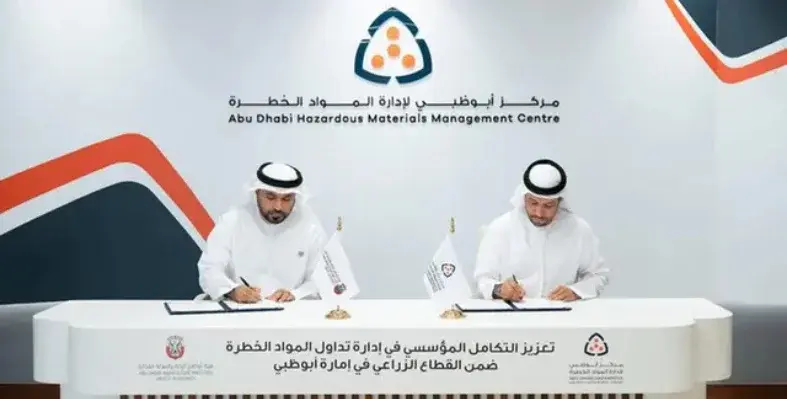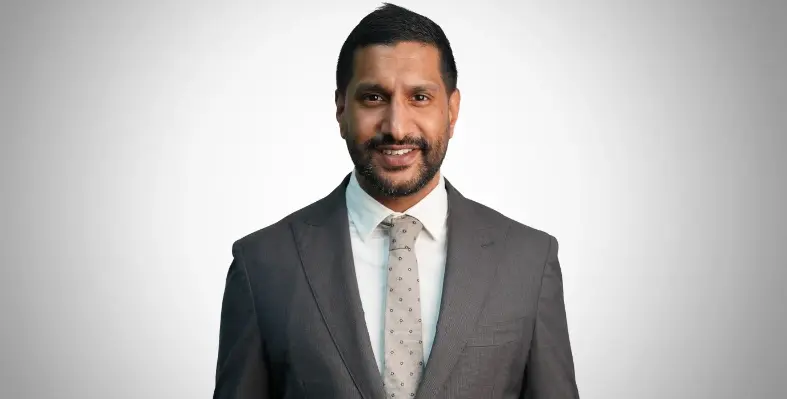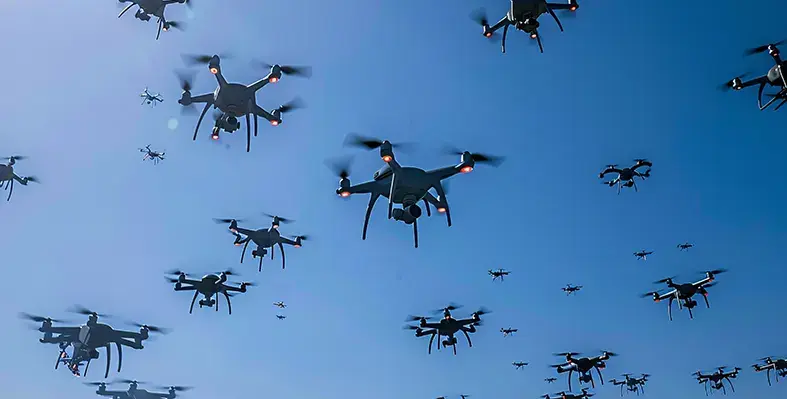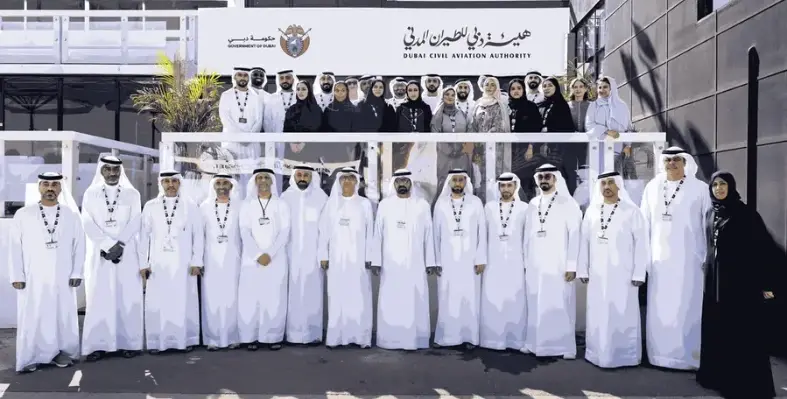Ergodyne has launched its new Type 2 safety helmets, designed to bridge the gap between traditional hard hats and modern protective gear by combining the familiar full brim style with the advanced protection of Type 2 certification.
The release comes as momentum grows for wider adoption of safety helmets following OSHA’s Safety and Health Information Bulletin (SHIB 03-06-2024), which highlighted their superior protection and confirmed OSHA’s own transition to using them.
Unlike Type 1 hard hats, tested only for top impact, Type 2 helmets are tested against side, front and rear impacts, offering protection better aligned with workplace realities such as slips, trips, falls and angled strikes. According to the Center for Construction Research and Training (CPWR), just 15% of impacts actually occur on the crown, underlining the limitations of older designs.
Despite these advantages, many crews have resisted switching due to their attachment to the look and feel of traditional hard hats. Ergodyne’s new model seeks to overcome this resistance by maintaining the recognizable full brim silhouette, while offering greater safety and comfort.
The helmet features a ventilated foam design to reduce heat buildup, a six-point suspension with a 36-point ratchet for a secure fit, and integrated slots for accessories including fans, lights, visors and hearing protection.
With its combination of familiarity, comfort and enhanced protection, Ergodyne’s latest helmet aims to encourage broader acceptance of Type 2 models across industries where head injuries remain a critical safety concern.
“Type 2 really expands coverage—not just from falling objects, but from slips, trips, and falls where you’re more likely to strike the side of your head,” said Ergodyne Product Manager, Justin Schuetz.
“We know workers have a personal relationship with their hard hats, and the look matters,” Schuetz added. “That’s why we introduced a full brim style. It’s familiar to construction crews, it looks good, and it adds real function against sun, rain, and debris. Pair that with a precision fit system and ventilation that keeps you cooler when compared to other options, and you’ve got a helmet workers want to wear—not just one they’re told to.”


